
5 things you didn't know about the Przewalski's Horse
• English: Przewalski's Horse, Asian Wild Horse, Mongolian Wild Horse • French: Cheval de Przewalski • Spanish: Caballo de Przewalski Taxonomic Notes: Current scientific review of the taxonomy of wild equids (Groves 1986) places Przewalski's Horse as a subspecies of the extinct Equus ferus. Although Przewalski's Horse (Equus ferus.
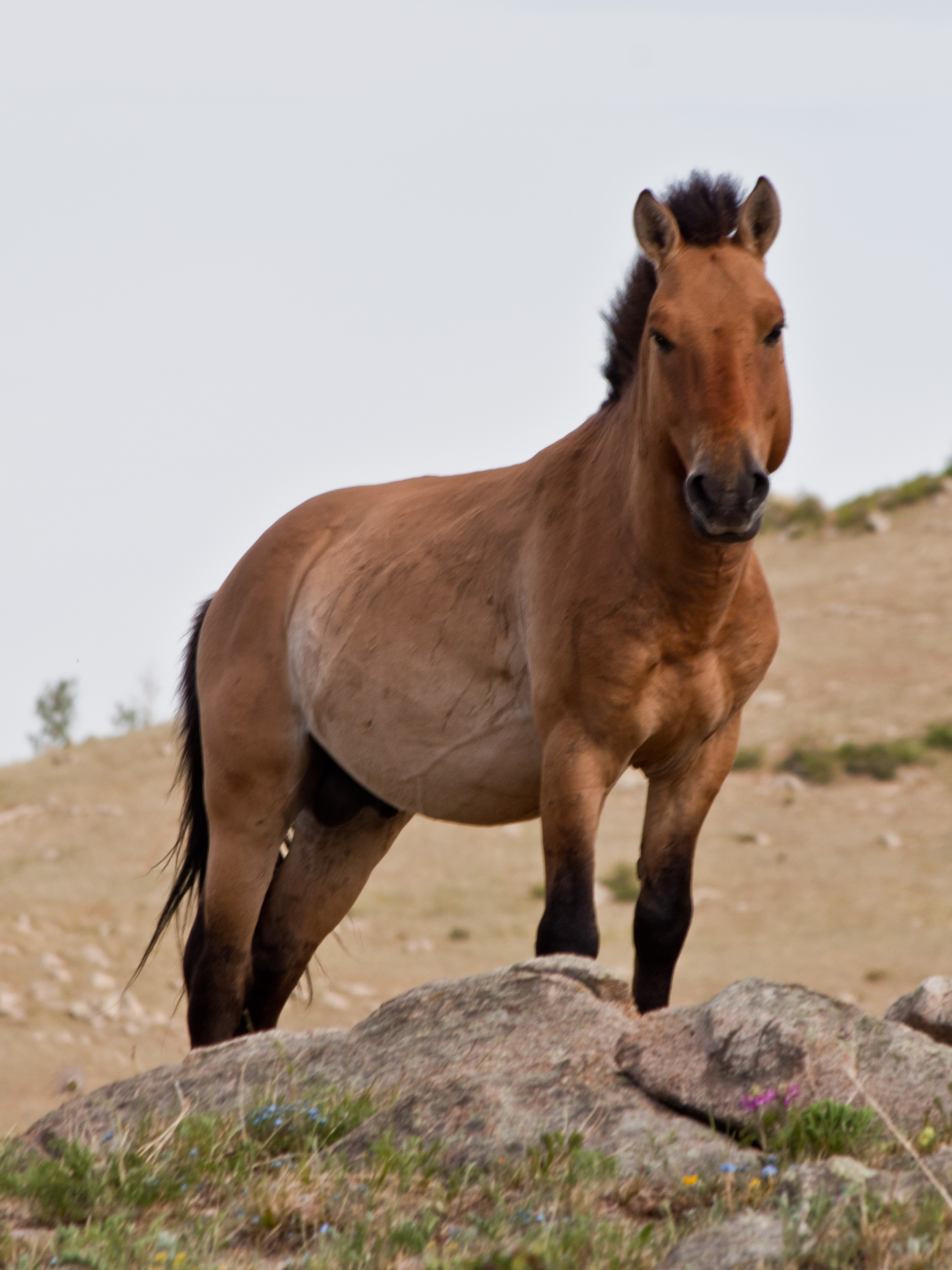
Effort Begins to Revive Endangered Przewalski Horse Population in Kazakhstan The Astana Times
Le cheval de Przewalski. C'est l'histoire d'un petit cheval sauvage (1,30-1,45 m au garrot) que l'on croyait disparu. Et voilà qu'en 1879, un général russe du nom de Nicolaï Przewalski redécouvre quelques spécimens de cette espèce (d'où l'appellation cheval de Przewalski). Le pauvre animal allait néanmoins réellement disparaître.

Cheval de Przewalski Zoo sauvage de SaintFélicien
Compared to 46 published ancient- and modern-horse genomes, our data indicate that Przewalski's horses are the feral descendants of horses herded at Botai and not truly wild horses. All domestic horses dated from ~4000 years ago to present only show ~2.7% of Botai-related ancestry.

Chevaux de Przewalski Cheval de przewalski, Animaux sauvages, Animales
Ce sont des chevaux de Przewalski, espèce menacée qui prospère dans une région pour le moins improbable : Tchernobyl. C'est le symbole de la zone d'exclusion, dit à l'AFP Denys Vychnevsky.

Les chevaux de Przewalski ne sont pas les derniers chevaux sauvages Reindeer Facts, Les
Przewalski's horses are often described as small and stocky. They are heavily built, with a large head, thick neck and short legs. They are dun-colored with a dark zebra-like erect mane and no forelock. A dark stripe continues from the mane along the backbone to a dark, plumed tail. They have a yellowish-white belly and dark lower legs and.
/__opt__aboutcom__coeus__resources__content_migration__mnn__images__2014__01__Przewalski-horse-field-Germany-a591c46237a0498696ebfa5b391f071e.jpg)
9 Facts About Przewalski's Horses
The park's director, Dashpurev Tserendeleg, who goes by "Dash," drove as Usku panned the hills with binoculars. No horses appeared, but fat-bottomed marmots darted everywhere in the low.

FilePortrait of Przewalski's Horse.jpg Wikimedia Commons
Le cheval de Przewalski vit dans les steppes et les plateaux arides d'Asie centrale. On sait peu de choses sur son aire de répartition historique, puisque l'espèce est longtemps restée confidentielle. Il est fort probable que les données de répartition datent d'une époque où le cheval de Przewalski était déjà en déclin.

Un cheval de Przewalski, espèce en danger d'extinction, a été cloné pour la première fois
Le cheval de Przewalski, Equus ferus przewalskii, petit cheval dont les proches cousins ornaient, entre 30 000 et 9 000 ans avant notre ère, les parois des grottes préhistoriques d'Europe, partage un ancêtre commun avec nos chevaux domestiques.
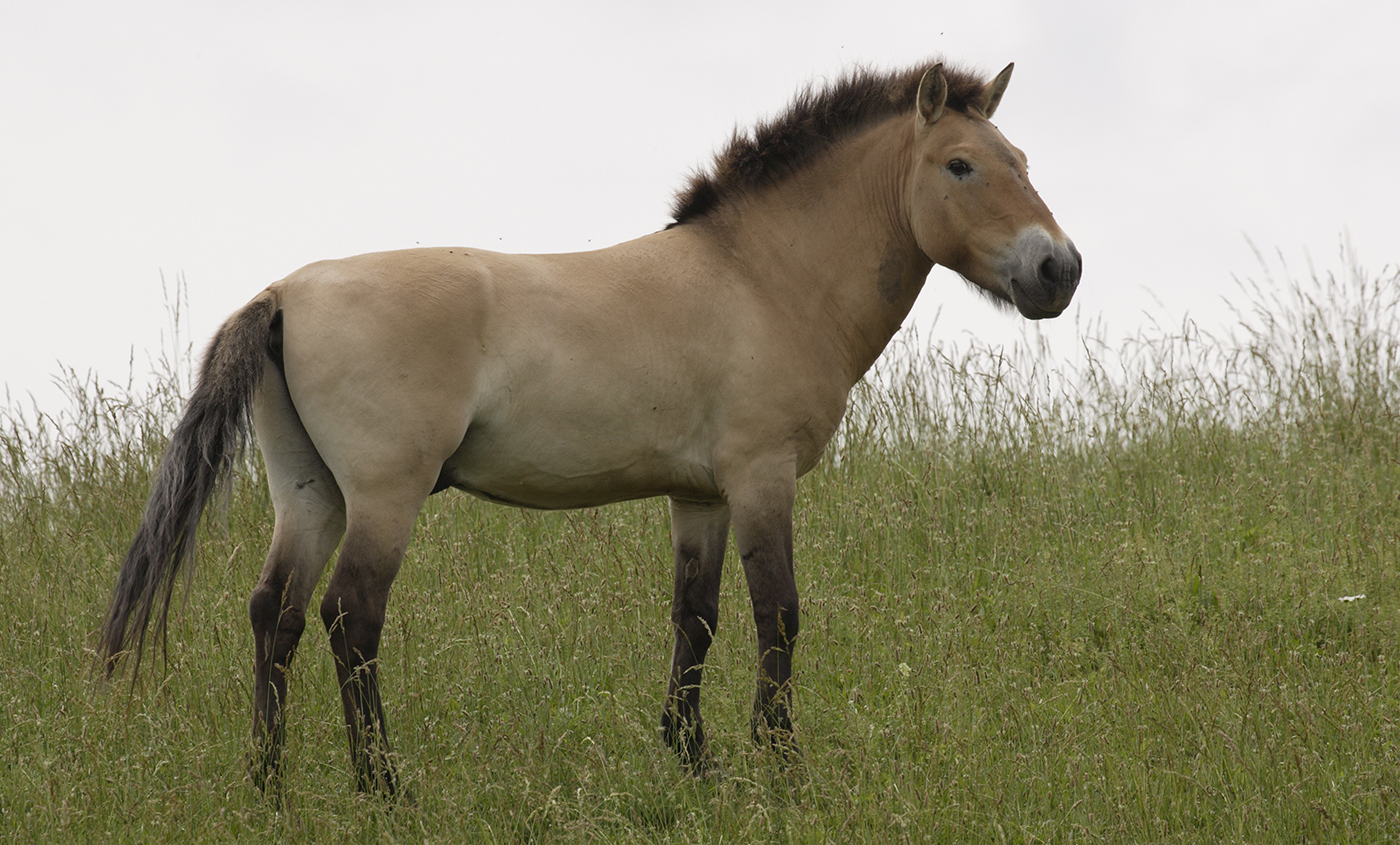
Przewalski's horse Smithsonian's National Zoo
Przewalski's horse, the only true horse never to have been domesticated, is believed to be extinct in the wild. Experts from around the world come together in this book and offer a complete synthesis of knowledge about the species to date. Topics included are taxonomy, morphology, former geographic distribution, history in captivity, the studbook, genetics, population biology, nutrition.

Le cheval de Przewalski de retour en France Cheval Magazine
Afrikaans: Przewalski se perd català: Cavall de Przewalski Deutsch: Przewalskipferd English: Przewalski's Horse français: Cheval de Przewalski magyar: Przsevalszkij-ló, ázsiai vadló, mongol vadló, takhi 日本語: モウコノウマ монгол: Тахь Nederlands: Przewalski Paard polski: Koń Przewalskiego português: Cavalo-selvagem-da-Mongólia
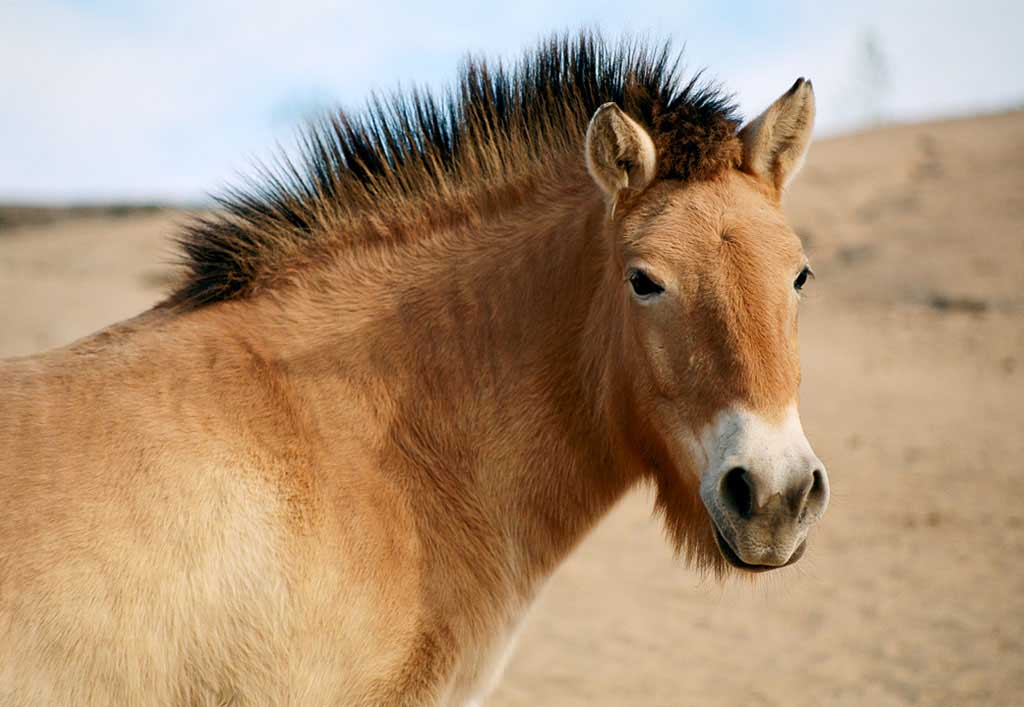
Przewalski's Horse
Le cheval de Przewalski : une espèce menacée. On pensait que ce cheval avait disparu, jusqu'à sa « redécouverte » par un explorateur russe, le colonel Przewalski, en 1879. La compétition avec les espèces domestiques et la chasse entraînent son extinction dans la nature à la fin des années 1960. Au début du XX e siècle, après une.

Le cheval de Przewalski réintroduit en Russie EurasiaTimes
Size and Appearance. With a short, muscular body, Przewalski's horses are smaller than most domesticated horses. They have a pale belly and beige to reddish-brown coat that is short during.
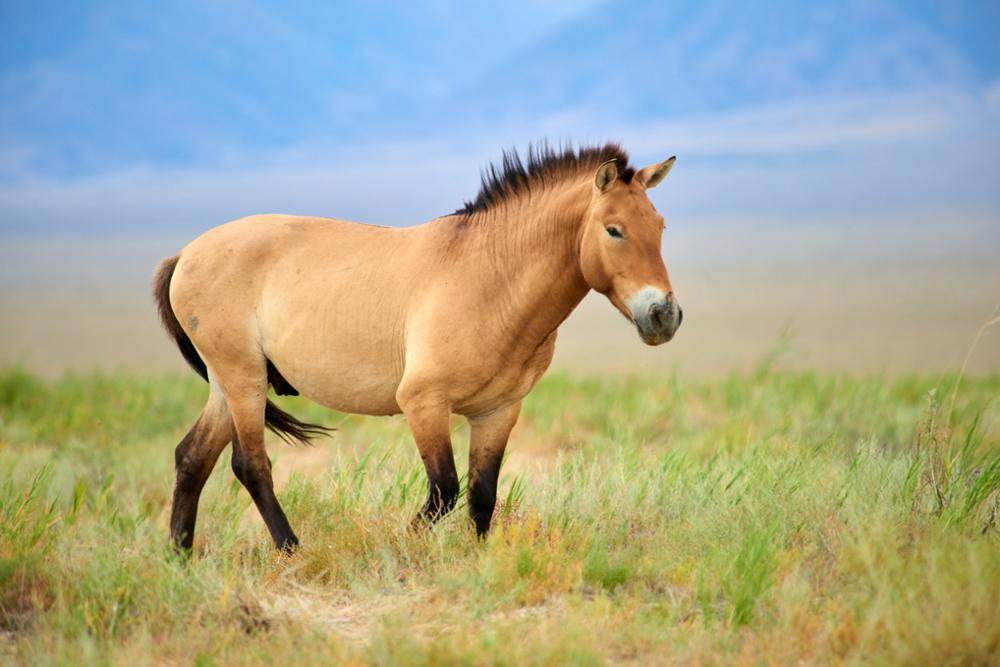
Tout sur le cheval de Przewalski Kyrgyz'What
In 1990, Dr. Claudia Feh founded the "Association pour le cheval de Przewalski" (TAKH) in France with the goal of reintroducing the Przewalski's horse to its native Mongolia. This wild equid species went extinct in the wild in the late 1960s, surviving only in zoos. In 1993, Dr. Feh and her team brought 11 horses from various European zoos to the Cevennes National Park in southern France.

Cheval de Przewalski — Wikipédia
The introduction of Przewalski's horses to Chernobyl has been a success. Several lessons can be drawn from this success. The case of Przewalski's horses reflects that in the absence of humans.

Soyez acteur de la préservation du cheval de Przewalski
Une espèce séparées, le cheval de Przewalski, est le seul survivant du sous-espèce de cheval qui n'a jamais été domestiqué. Avec 66 chromosomes au lieu des 64 chez les espèces autre cheval, le cheval du Przewalski est génétiquement distincte.
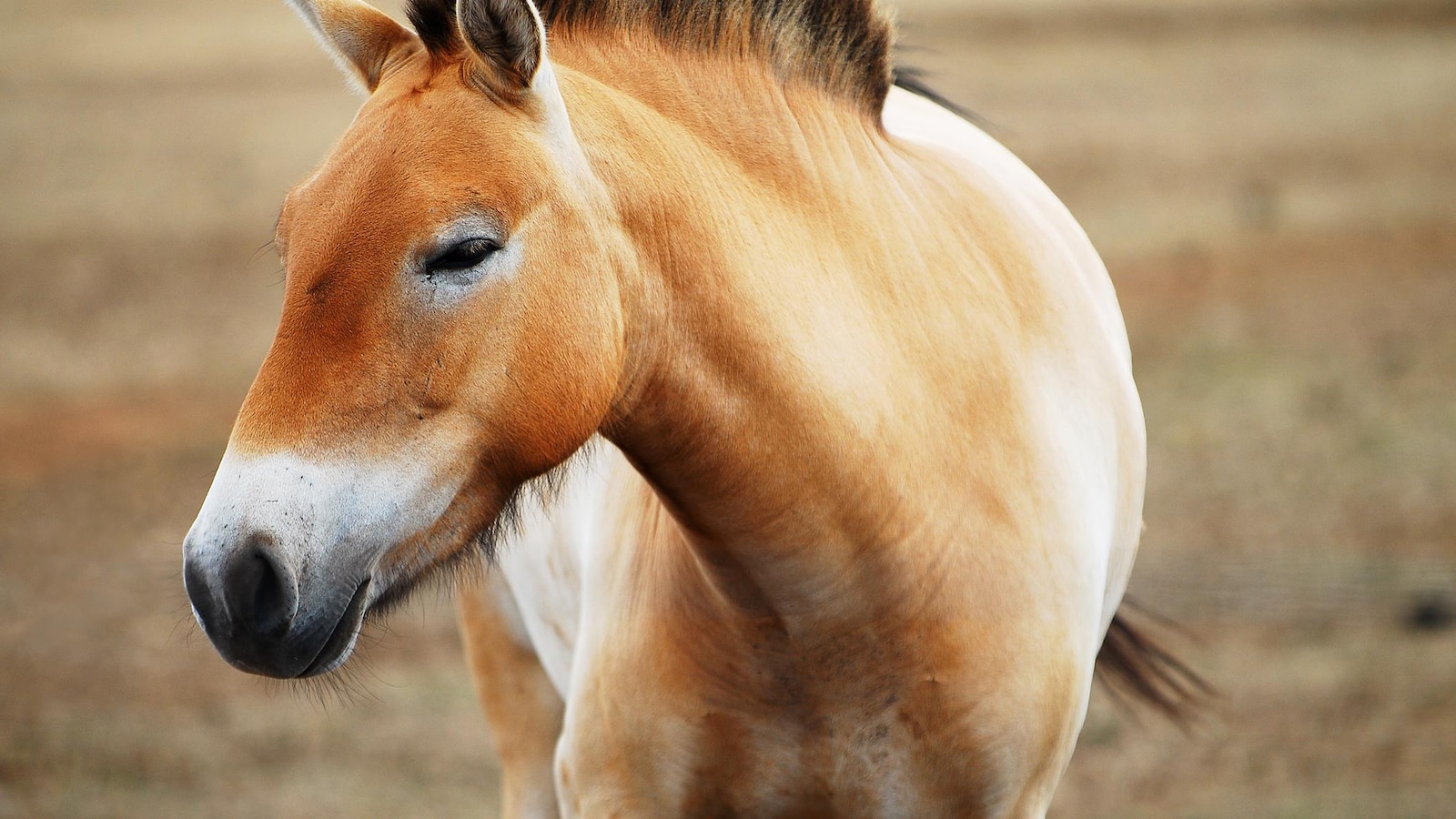
Il n’existe plus vraiment de chevaux sauvages ICI RadioCanada.ca
Taxonomy. Przewalski's horse was formally described as a novel species in 1881 by Ivan Semyonovich Polyakov.The taxonomic position of Przewalski's horse remains controversial, and no consensus exists whether it is a full species (as Equus przewalskii); a subspecies of Equus ferus the wild horse, (as Equus ferus przewalskii in trinomial nomenclature, along with two other subspecies, the.